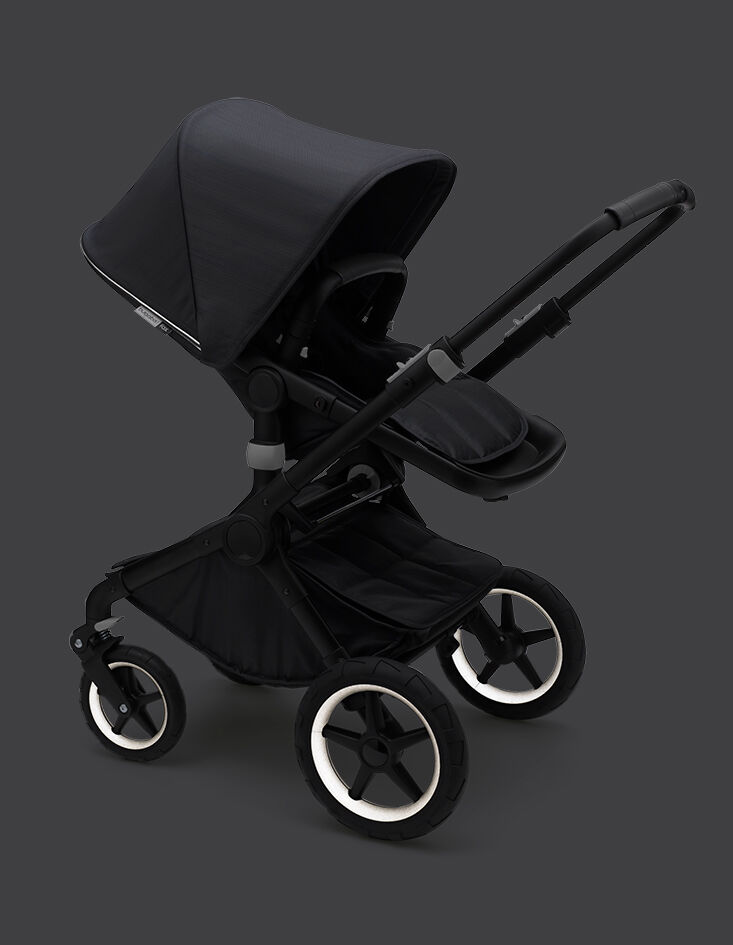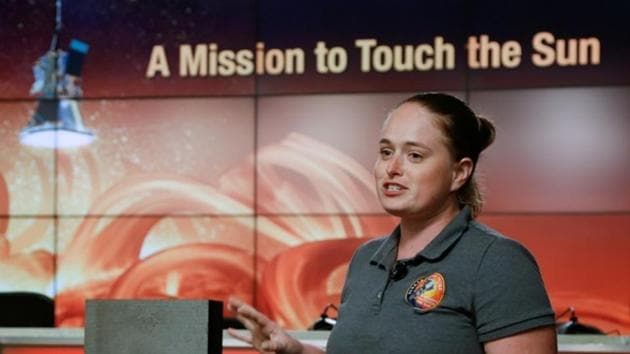
Vinyl is a common substrate used in social settings, tables, flooring, grab handles on public transport, as well as mobile phone screen protector material.
#SUN CORONA VS CENTER TEMPERATURE WINDOWS#
Glass was chosen due to its prevalence in public areas, including hospital waiting rooms, public transport windows and shopping centres, and high contact surfaces such as mobile phone screens, ATMs and self-serve check-out machines. Stainless steel is used in kitchen areas and public facilities and is the substrate used in some disinfectant testing standards. Both polymer and paper banknotes were included in the study to gather information on the possible roles of note based currency in general for the potential for fomite transmission. SurfacesĪustralian polymer bank notes, de-monetised paper bank notes and common surfaces including brushed stainless steel, glass, vinyl and cotton cloth were used as substrates in this study. Īll work with infectious SARS-CoV-2 was conducted in the high containment laboratory (Biosafety level 4) at the Australian Centre for Disease Preparedness. The virus stock was titrated on Vero E6 cells and the TCID 50 was determined to be 4.97 × 10 7/mL by the Spearman–Karber method. The virus was resuspended in phosphate buffered saline (PBS) with 1% bovine serum albumin (BSA) and stored at − 80 ☌. The virus was passaged four times through Vero E6 cells (ATCC CRL-1586) in Dulbecco’s Modified Eagle Medium (DMEM) supplemented with Penicillin, Streptomycin, Fungizone and 10% fetal calf serum and pelleted via ultracentrifugation at 100,000× g for 90 min. The SARS-CoV-2 isolate ( Betacoronavirus/Australia/SA01/2020) used in this study was kindly supplied by the Peter Doherty Institute (Victoria, Australia) on behalf of South Australian Health (South Australia). This study aims to provide environmental stability data for SARS-CoV-2 under controlled temperature and humidity conditions for a range of common surfaces. Currently, there are conflicting reports on the survivability of SARS-CoV-2, with data ranging from 3 to 14 days at room temperature for a single surface type, stainless steel. With the high efficiency of fomite transfer, the persistence of SARS-CoV-2 on environmental surfaces is therefore a critical factor when considering the potential for fomite transmission for this virus. Fomite transmission has previously been shown to be a highly efficient procedure, with transmission efficiencies of 33% for both fomite to hand and fingertip to mouth transfer for bacteria and phages.
#SUN CORONA VS CENTER TEMPERATURE SKIN#
Broadly, viruses have been shown to be readily transferred between contaminated skin and a fomite surface, with high contact surfaces such as touchscreens on mobile phones, bank ATMs, airport check-in kiosks and supermarket self-serve kiosks all acting as fomites for the transmission of viruses. The role of fomites in the current pandemic is yet to be fully determined, although they have been suggested as a potential mode of transmission also reflected by the strong focus on hand-washing by WHO and national control schemes. The transmission of SARS-CoV-2 appears to be primarily via aerosols and recent studies have shown that SARS-CoV-2 is able to remain infectious in airborne particles for greater than 3 h. The World Health Organization (WHO) declared SARS-CoV-2 a pandemic on 11th March 2020 and as at the 7th August 2020, there have been over 18.8 million confirmed cases with more than 708,000 reported deaths from SARS-CoV-2. These results could be used to inform improved risk mitigation procedures to prevent the fomite spread of COVID-19.

These findings demonstrate SARS-CoV-2 can remain infectious for significantly longer time periods than generally considered possible.

Conversely, infectious virus survived less than 24 h at 40 ☌ on some surfaces. With initial viral loads broadly equivalent to the highest titres excreted by infectious patients, viable virus was isolated for up to 28 days at 20 ☌ from common surfaces such as glass, stainless steel and both paper and polymer banknotes. We obtained half lives of between 1.7 and 2.7 days at 20 ☌, reducing to a few hours when temperature was elevated to 40 ☌.

Survival rates of SARS-CoV-2 were determined at different temperatures and D-values, Z-values and half-life were calculated. Inoculated surfaces were incubated at 20 ☌, 30 ☌ and 40 ☌ and sampled at various time points. All experiments were carried out in the dark, to negate any effects of UV light. This study measured the survival rates of infectious SARS-CoV-2, suspended in a standard ASTM E2197 matrix, on several common surface types. While the role of fomite transmission is not yet fully understood, precise data on the environmental stability of SARS-CoV-2 is required to determine the risks of fomite transmission from contaminated surfaces. The rate at which COVID-19 has spread throughout the globe has been alarming.


 0 kommentar(er)
0 kommentar(er)
